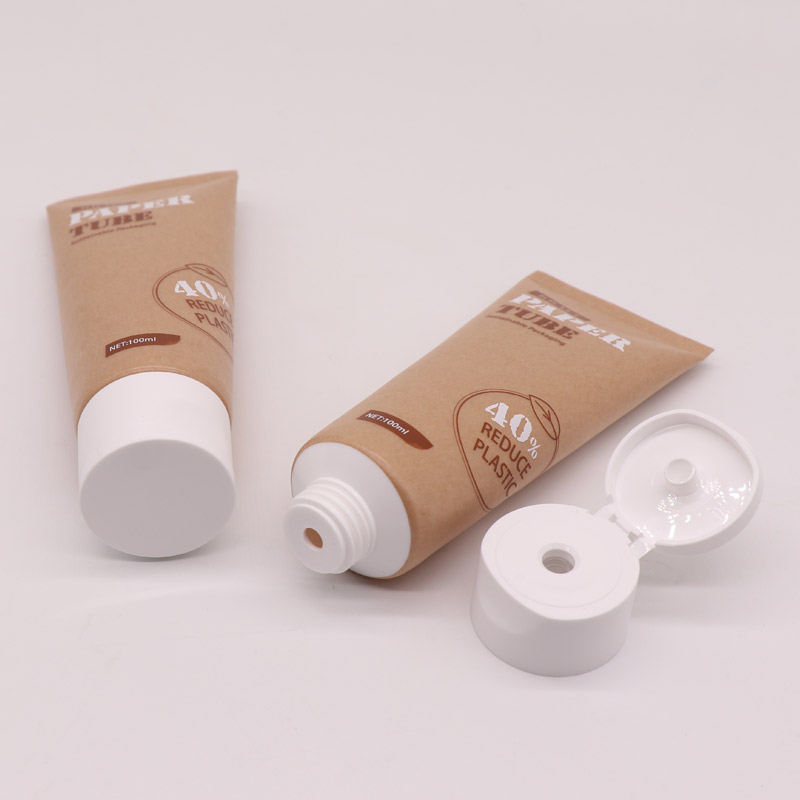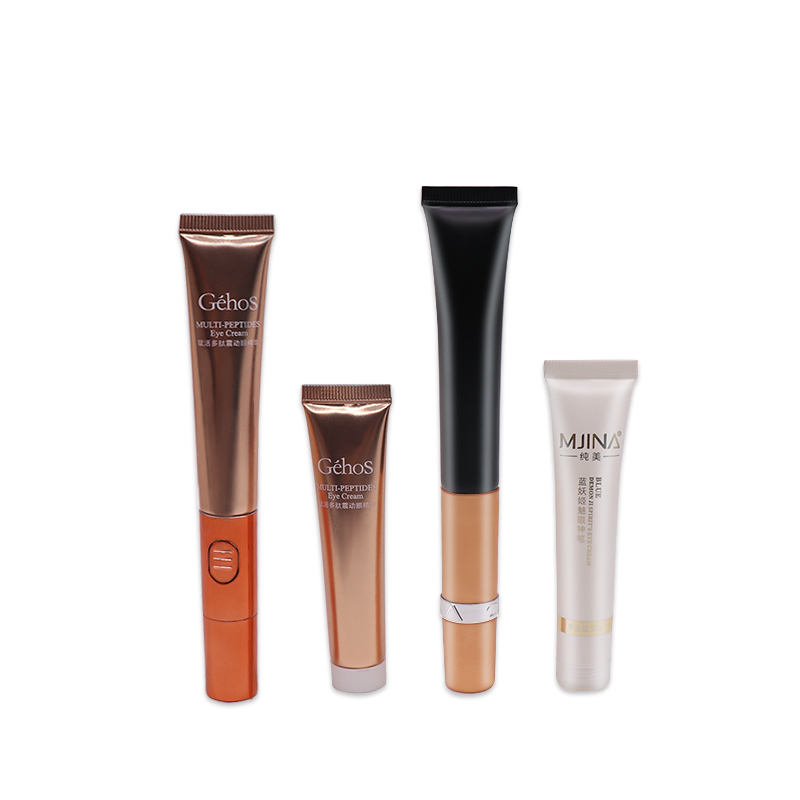Offset printing and silk printing are two popular printing methods used on various surfaces, including hoses. Though they serve the same purpose of transferring designs onto hoses, there are significant differences between the two processes.

Offset printing, also known as lithography or offset lithography, is a printing technique that involves transferring ink from a printing plate onto a rubber blanket, which then rolls the ink onto the surface of the hose. The process involves multiple steps, including preparing the artwork, creating a printing plate, applying ink to the plate, and transferring the image to the hose.
One of the main advantages of offset printing is its ability to produce high-quality, detailed, and sharp images on hoses. This makes it a popular choice for precision printing such as logos, text, or intricate designs. In addition, offset printing allows for a wide range of colors and shading effects, giving the printed hoses a professional and visually appealing appearance.
Another advantage of offset printing is that it can accommodate various hose materials, including rubber, PVC, or silicone. This makes it a versatile printing method suitable for different hose applications.
However, offset printing also has its limitations. It requires specialized equipment, including printing presses and printing plates, which can be expensive to set up and maintain. Additionally, the setup time for offset printing is relatively longer compared to other printing methods. Therefore, it is often more cost-effective for large-scale production runs rather than small batch or custom printing.
silk printing, also known as screen printing or serigraphy, involves pushing ink through a porous fabric screen, onto the surface of the hose. The printing design is created using a stencil, which blocks certain areas of the screen, allowing ink to pass through the open areas onto the hose.
Silk printing offers several advantages compared to offset printing. Firstly, it is a more cost-effective solution for small-quantity or custom printing jobs. The setup time and cost are relatively lower, making it ideal for on-demand printing or short production runs.
Secondly, silk printing can achieve a thicker ink deposit on the hose surface, resulting in a more prominent and vibrant design. This makes it suitable for applications that require bold, opaque prints, such as industrial labels or safety markings.

Additionally, silk printing allows for a wider range of ink types, including specialty inks such as UV-resistant, metallic, or glow-in-the-dark inks. This expands the design possibilities for hose printing, meeting specific requirements or enhancing the visual impact of the printed hoses.
However, silk printing has some limitations as well. It is not suitable for achieving extremely fine details or intricate designs that require high precision. The resolution and sharpness of silk printing are typically lower compared to offset printing. Additionally, the color accuracy and consistency may be slightly compromised due to the manual nature of the process.
In summary, both offset printing and silk printing are popular printing methods for hoses. Offset printing offers high-quality and precise results, suitable for intricate designs and large-scale production runs. Silk printing, on the other hand, is cost-effective, versatile, and allows for bold, opaque prints and specialty inks. The choice between the two methods depends on the specific requirements, budget, and desired outcome of the printing project.
Post time: Nov-24-2023
